19 of the most unusual registered Scottish tartans
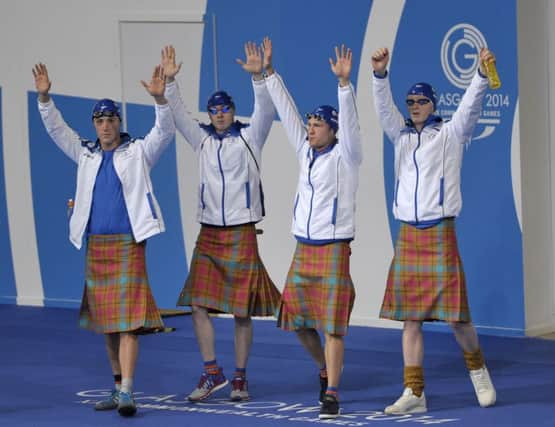

This week, a Jewish tartan designed by a Scotland-based Rabbi was officially recognised.
With over 7,241 different variations of tartan registered with the Scottish Tartan Register - the only official government register for tartan in Scotland - we looked at 19 of the more unusual tartans that are currently available.
Advertisement
Hide AdAdvertisement
Hide AdThere are several rules for the registration of a new tartan: Each tartan registered must be both unique and ‘sufficiently different’ to all tartans already included in the Register, meaning that just changing the shades of a blue to a lighter blue won’t work.
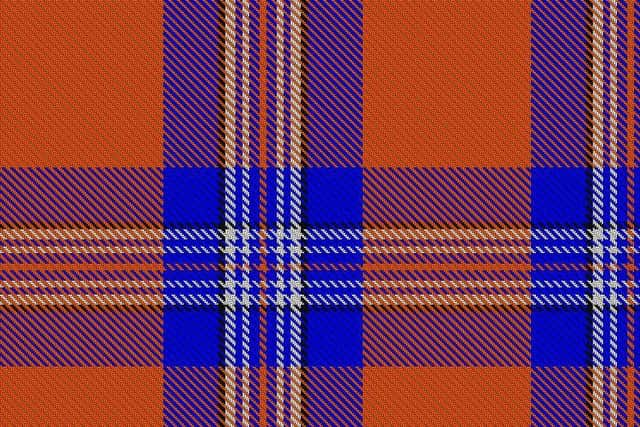

Questions such as “why have you created this tartan?”, “Why have you chosen these colours?” and “Are they symbolic or significant in any way?” must be answered in full.
If creating a new Clan tartan, the applicant must be the head or chief of the family or clan, or have the written authority of the head or chief; The applicant must select one of the nine categories for the tartan eg Clan, royal or fashion; An image or woven sample must be submitted with the application.
American
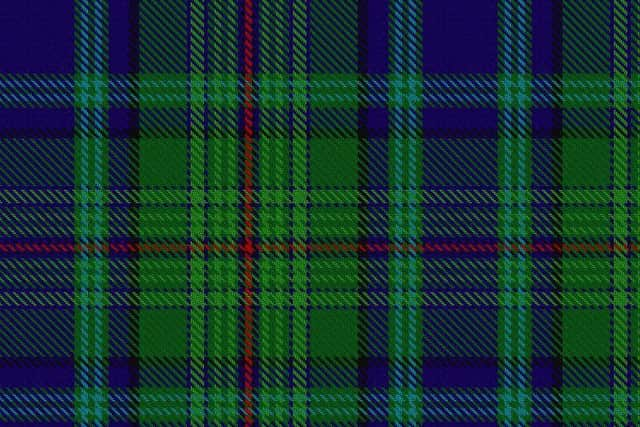

John Cumming was born in Forfar, Angus and moved to the USA as an infant. The design is based on the colours of the American flag. This tartan was originally woven by Barbara Schaffer of Arizona and presented to US First Lady Betty Ford in 1976.
Australian
Designed by Betty Johnston of the House of Tartan, Canberra, to be a national tartan for Australia, with permission to use the description ‘national tartan for Australia’ having been granted by the National Symbols Officer. The design has not however been adopted as an official national symbol. Colours: red, white and blue are the colours of the Australia national flag.
Coca-Cola
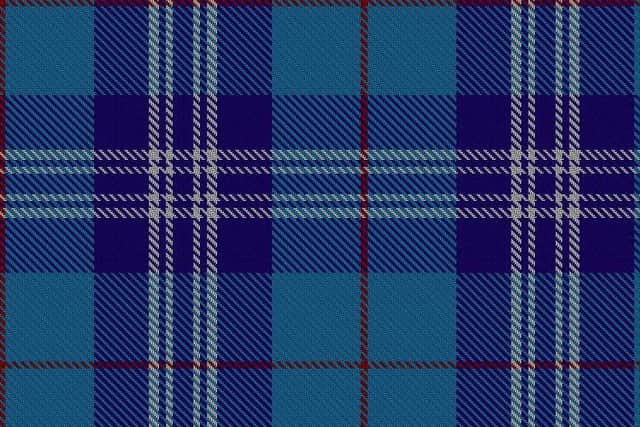

Apparently designed by Janet Helm Presents Tartan - a Vancouver design company - for Coca Cola for use in a promotion.
Christmas
This tartan was created to commemorate the Christian festival of Christmas. The tartan is inspired by the spirit of Christmas. Colours: green represents Frankincense; red represents Myrrh and yellow represents gold, the colour of kingship.
European Union
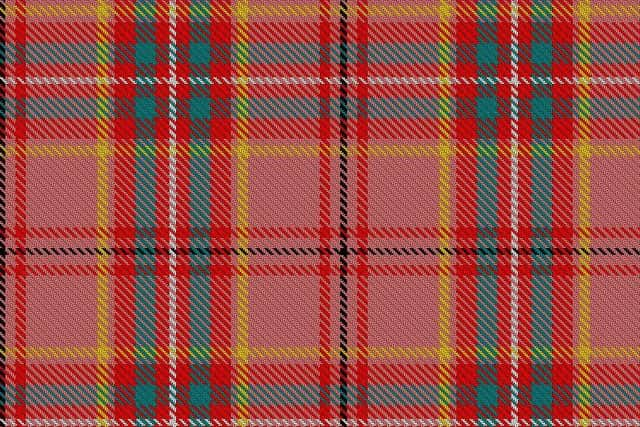

Advertisement
Hide AdAdvertisement
Hide AdThe tartan was designed by William Chalmers of Kilsyth in Scotland. The cloth is an authentic Scottish Tartan for all Europeans and originally registered with the Scottish Tartans Society, the United Kingdom Patent Office, the President of the European Union and the Commissioners in Brussels. The Tartan Squares are worked round the twelve stars on the European Union Flag, designed by Mr Paul Levy, the Council of Europe’s Director of information in the early 1950s. The tartan is made up of the colours on the flag of the European Union, running through the tartan is a small red line, this commemorates the blood spilt on the Continent since recorded history, the white line is slightly larger and represents peace on the Continent of Europe and the world.
Ellis Island
The Ellis Island tartan has been designed by Matt Newsome, curator of the Scottish Tartans Museum in Franklin, NC, primarily for use by all Americans with ancestors who came to America through Ellis Island regardless of ethnic origin and to commemorate the 10th annual observance of National Tartan Day at the Ellis Island Immigration Museum.
Edinburgh Zoo Panda
Created to celebrate the arrival of a breeding pair of pandas at Edinburgh Zoo. The Royal Zoological Society of Scotland was formally established on the 18th of March 1909, by Edinburgh lawyer, Thomas Gillespie. In order to give the design a direct link to The Edinburgh Zoo’s heritage, the Gillespie Tartan was the starting point for this new design. The main colours of the tartan are black and white, directly representing the Panda’s. Grey shades have been added to soften the tartan as well as to convey the gradation of colour from black to white, as seen on the Panda’s fur.
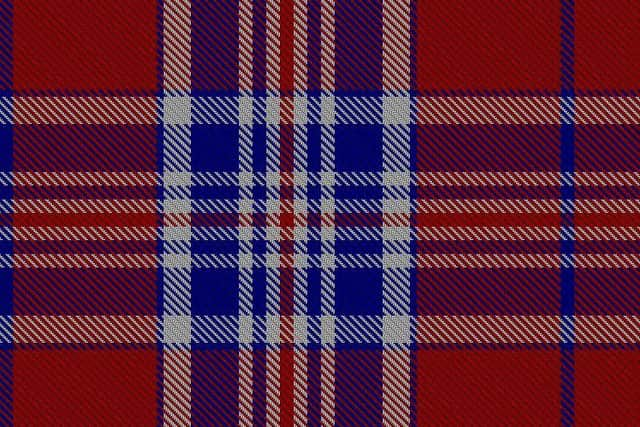

The red represents China as the pandas are their gift. The number 3 signifies luck because it sounds similar to the Chinese character for birth. Where possible therefore, three red overchecks have been inserted into the heart of the design. This shows China, as well as the pandas, in the hearts and minds of Scotland and its people. Green has also been included to represent the pandas’ favourite food, bamboo.
FBI
Same as Earl of St. Andrews with red line on blue ground. Commissioned for use for the FBI Pipe Band from Thomas Gordon & Sons of Glasgow but now regarded as being the FBI tartan.
Hello Kitty
A colourful and striking tartan reflecting and celebrating the world famous character, Hello Kitty.
Harley Davidson
Designed in April 2003 by Klaus Hoeller of Harley Davidson’s Creative Direction Design Studios in Los Angeles. Harley-Davidson of course is the famous motor cycle manufacturer in the US. Harley-Davidson bikes are affectionately known as ‘hogs’. Woven by Fraser & Kirkbright of Vancouver, British Columbia.
Hard Rock Cafe
Advertisement
Hide AdAdvertisement
Hide AdDesigned to reflect the corporate colours and design style of the international chain, Hard Rock Café.
Irn Bru
Designed in 1969 as the Barr tartan, by Howe design. In 1996/97 it was redesigned by Kinloch Anderson and the name was changed to Irn Bru. It was registered with the Scottish Tartans Society on 12th September 1997. The colours are based on the brand label.
Lady Boys of Bangkok
Despite the name this refers to the dance troupe who performed in kilts of this tartan at the Edinburgh Fringe in 2005. The group is a regular fixture at the Fringe Festival every year.
New York City
Designed by Alistair Buchan to celebrate Tartan Day, 6th April 2002, in New York City . The tartan was originally called ‘Tunes of Glory’. The colours represent the streets and buildings of New York, with green for Central Park, blue for the rivers - Hudson, Harlem and East - which surround Manhattan and two black stripes to honour the memory of the twin towers of the World Trade Centre destroyed on September 11. The name of the tartan was changed at the request of Mayor Giuliani.
New Jersey
Created for natives of the State of New Jersey and those who associate themselves with New Jersey. Recognised by State Governor John Coraine on behalf of the citizens of the State of New Jersey
Peter Pan
Designed by Lochcarron for the Great Ormond Street Hospital for Sick Children. J.M.Barrie donated all the rights to Peter Pan to the Hospital in 1929, confirmed in his will in 1937. The royalties go to the Hospital to support its work.
Peter Rabbit
Created to commemorate the 110th anniversary of the first publication of The Tale of Peter Rabbit by Beatrix Potter.
The Scotsman
Advertisement
Hide AdAdvertisement
Hide AdDesigned for the national newspaper ‘The Scotsman’. The colours were based on the corporate colours and the MacIntosh and MacLaren setts, in honour of the newspaper’s founders.
Titanic
Seen by Dr Phil Smith at ‘Convergance - Atlanta’ in 1999. ‘Convergance - Atlanta’ was the great bi-annual handweavers’ convention held in various cities. This was supposedly reconstructed from a fragment and photo of a deck chair on the SS Titanic.